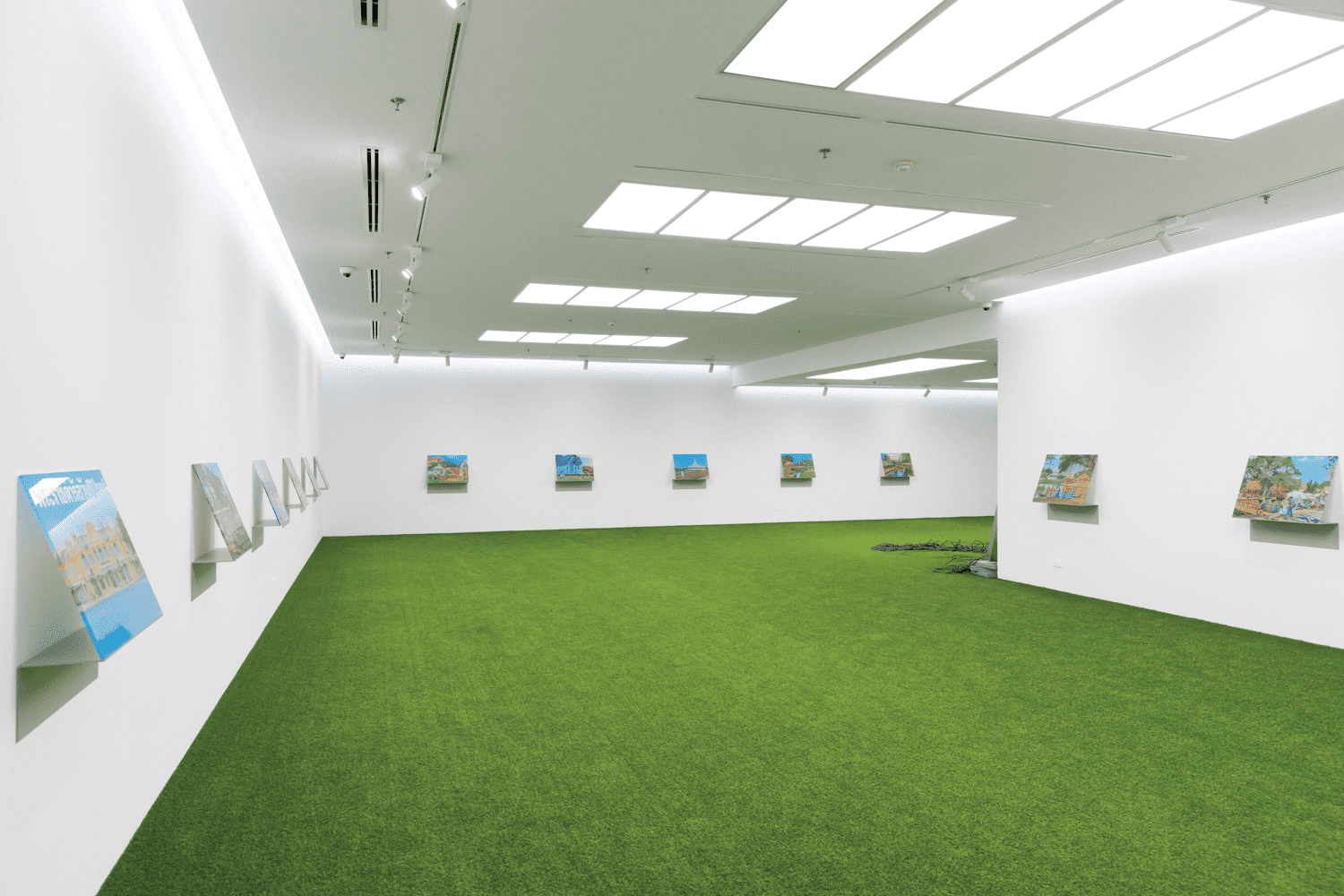Tag: Kritsada Duchsadeevanich
CONDEMNED TO BE FREE
AN EXHIBITION BY
KRITSADA DUCHSADEEVANICH AND TAWAN WATTUYA
WTF GALLERY, BANGKOK
FEBRUARY 15 – MARCH 31, 2017
———-
‘Man is condemned to be free’ : this declaration by Sartre is at the heart of his major philosophical work Being and Nothingness and his famous polemic Existentialism Is a Humanism.
The curator harks back to the existentialism Jean-Paul Sartre developed in his magnum opus Being and Nothingness, written in the middle of World War II, which diagnosed the fundamental ‘nausea’ of European modernity as terror in the face of our own boundless freedom.
Sartre, the curator suggests, may be due a revival. Once again the old certainties are crumbling, the facts are losing their solidity, and confused and frightened populations are fleeing into the arms of leaders who propose simple solutions to complex problems, pledging to protect normal people from the wilderness out there.
Thailand has seen its share of confusion, and in the name of making everything simple again our thoughts and freedom are heavily controlled by the authorities, mob pressure and the media bubbles in which many of us choose to exist. The question is whether we can face up to the realization that there are in fact no answers ‘out there,’ that the world simply is, and that it is up to each individual to build his own house on these shifting sands.
Kritsada creates a site-specific installation to experiment with input from the viewer and raise questions about the process of finding freedom in searching for the truth. The idea behind this work derives from the realisation of his freedom to change his attitudes towards political perspectives during the past few years. Through his works and his daily life working in an art institution, he has witnessed the dividing community within his work place. It caused him to raise questions and understand the possibility of freedom to search for the truth.
Tawan’s work, by contrast, deliberately restricts his own freedom to make finished works, seeking instead to paint prisoners, in quick watercolour, in the jails where they languish. With this method, he invites the audiences to discover what it is like to be creative when your freedom is severely limited — but also whether a paradoxical kind of freedom can arise from being ‘thrown,’ as the existentialists liked to say, into circumstances not of your choosing.



